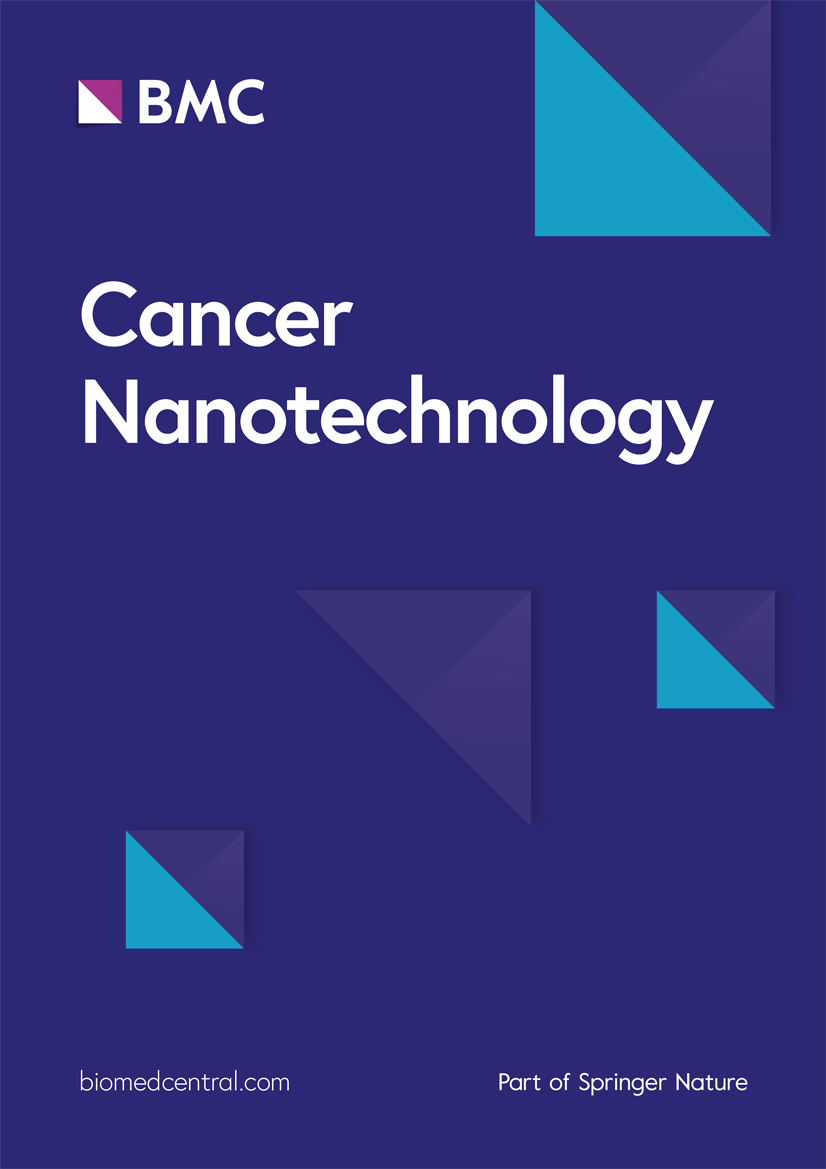Nanoparticle delivery of si-Notch1 modulates metabolic reprogramming to affect 5-FU resistance and cell pyroptosis in colorectal cancer
IF 4.8
2区 工程技术
Q2 NANOSCIENCE & NANOTECHNOLOGY
引用次数: 0
Abstract
Nanocarrier delivery of small interfering RNAs (siRNAs) to silence cancer-associated genes is a promising method for cancer treatment. Here, we explored the role and mechanisms of PLAG NPs-delivered si-Notch1 in colorectal cancer (CRC). High Notch1 expression was observed in both sensitive and resistant CRC tissues and cells. Notch1 silencing repressed proliferation and facilitates apoptosis of resistant CRC cells, and suppressed glycolysis and promoted pyroptosis in resistant CRC cells. Notch1 directly interacts with PCAF. Notch1 knockdown’s suppressive effect on glycolysis was reversed by overexpression of PCAF. Moreover, a nanocarrier called PLAG NPs was built with a higher delivery efficiency compared with lipo2000. Si-Notch1 delivered by PLAG NPs efficiently overcame the CRC cells’ 5-FU resistance and facilitated pyroptosis in a CRC mouse model. PLAG NPs carrying si-Notch1 had a great advantage in the extension of half-life circulation and targeting ability, providing a theoretical foundation for precise clinical treatment of CRC.纳米颗粒递送 si-Notch1 可调节代谢重编程,从而影响结直肠癌的 5-FU 抗药性和细胞热解作用
纳米载体递送小干扰 RNA(siRNA)以沉默癌症相关基因是一种很有前景的癌症治疗方法。在此,我们探讨了PLAG NPs递送的si-Notch1在结直肠癌(CRC)中的作用和机制。在敏感和耐药的 CRC 组织和细胞中都观察到了 Notch1 的高表达。沉默Notch1可抑制耐药CRC细胞的增殖并促进其凋亡,还可抑制耐药CRC细胞的糖酵解并促进其热凋亡。Notch1与PCAF直接相互作用。Notch1基因敲除对糖酵解的抑制作用被过表达PCAF所逆转。此外,与lipo2000相比,一种名为PLAG NPs的纳米载体具有更高的递送效率。通过PLAG NPs递送的Si-Notch1能有效克服CRC细胞对5-FU的耐药性,并在CRC小鼠模型中促进其热休克。携带si-Notch1的PLAG NPs在延长半衰期循环和靶向能力方面具有很大优势,为临床精准治疗CRC提供了理论基础。
本文章由计算机程序翻译,如有差异,请以英文原文为准。
求助全文
约1分钟内获得全文
求助全文
来源期刊

Cancer Nanotechnology
Pharmacology, Toxicology and Pharmaceutics-Pharmaceutical Science
CiteScore
5.20
自引率
1.80%
发文量
37
审稿时长
15 weeks
期刊介绍:
Aim:
Recognizing cancer as a group of diseases caused by nanostructural problems (i.e. with DNA) and also that there are unique benefits to approaches inherently involving nanoscale structures and processes to treat the disease, the journal Cancer Nanotechnology aims to disseminate cutting edge research; to promote emerging trends in the use of nanostructures and the induction of nanoscale processes for the prevention, diagnosis, treatment of cancer; and to cover related ancillary areas.
Scope:
Articles describing original research in the use of nanostructures and the induction of nanoscale processes for the prevention, diagnosis and treatment of cancer (open submission process). Review, editorial and tutorial articles picking up on subthemes of emerging importance where nanostructures and the induction of nanoscale processes are used for the prevention, diagnosis and treatment of cancer.
 求助内容:
求助内容: 应助结果提醒方式:
应助结果提醒方式:


